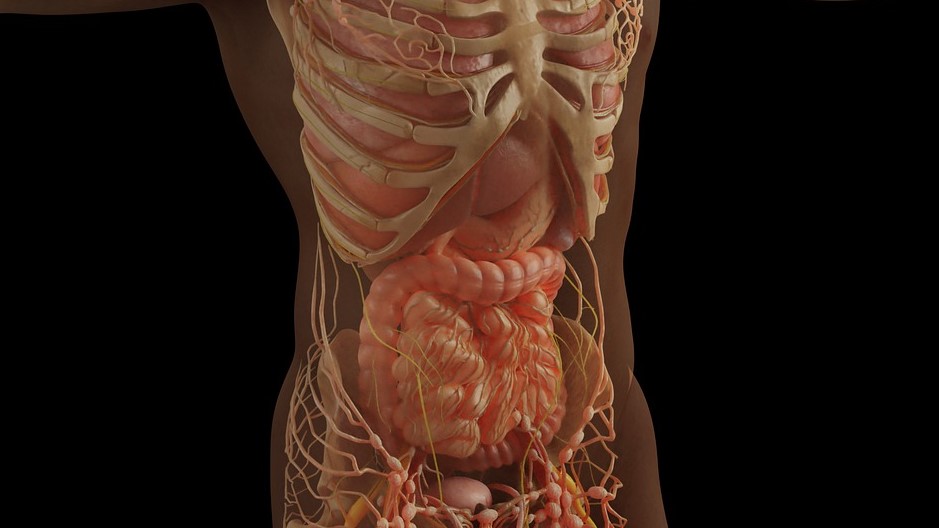18th & 19th Century Grannies Protected Their Grandchildren from Infectious Diseases

While grandmothers today have a popular image of spoiling their grandchildren with treats, in premodern times they also acted as healthcare providers. To find out more, University of Turku researchers looked at historical data on childhood mortality from infectious diseases in the 18th and 19th century in Finland. The study, which is published in the journal Proceedings of the Royal Society B, found that grandmothers decreased all-cause and cause-specific mortality of children.
In historical and in several contemporary societies, children with living grandmothers are more likely to survive into adulthood, but the mechanism behind this effect remains poorly known.
As childhood infections have been a leading cause of death in children under the age of 5 years, the researchers aimed to investigate whether the effect of grandmothers on childhood survival was related to providing knowledge in childcare, particularly during critical times such as epidemics. One way for grandmothers to do so could be by encouraging vaccine uptake or earlier vaccination against childhood infections, as has been observed in some contemporary populations.
Researchers first studied the effects of grandmothers on children’s cause-specific mortality, using historical records of five causes of death: smallpox, measles, pulmonary infections, diarrhoeal deaths, and accidents. The large multigenerational dataset of pre-industrial Finnish families included 9705 individuals from 12 parishes across Finland, where the survival of individuals until the of age 15 years was monitored from 1761 to 1900. In the second part of the study, the researchers determined whether increased survival against the childhood infection smallpox was mediated by vaccination. To this end, they used 1594 vaccination records from two rural parishes and matched them to their individual family histories.
The results show that grandmothers decreased all-cause mortality, an effect which was mediated through improved survival from smallpox, pulmonary and diarrhoeal infections, but not from measles or accidents. However, the researchers found no evidence of increased or earlier vaccination between children with or without grandmothers.
“Our results show that the grandmother’s presence protected against some childhood infections, which could indicate that in historical Finnish society, the assistance provided by grandmothers in childcare was likely an important factor in ensuring the survival of children,” says study lead author, Doctoral Researcher Susanna Ukonaho.
Grandmothers in contemporary societies
Although grandmother care provided health benefits in many historical societies, these benefits may no longer be relevant in contemporary societies. The progress in healthcare during the 20th century especially in high-income countries likely decreased the role of grandmothers. However, some studies indicate that grandmothers improve childhood survival in several contemporary middle- and low-income countries.
“The type of benefits that grandmothers provide may vary depending on cultural contexts and individual circumstances. Even though in many societies grandmothers are no longer essential for childhood survival, their efforts in childcare remain valuable for the well-being of the whole family,” says Ukonaho.
Source: University of Turku










